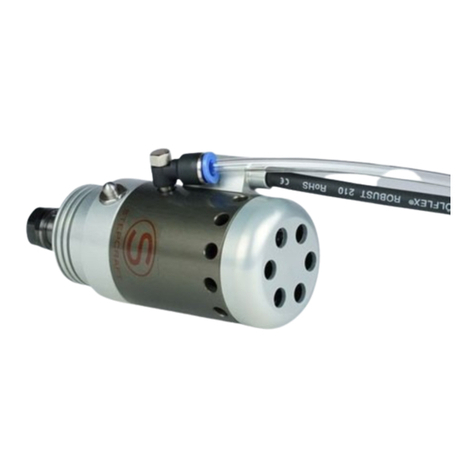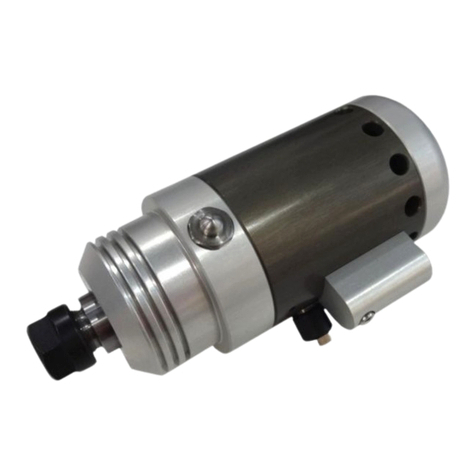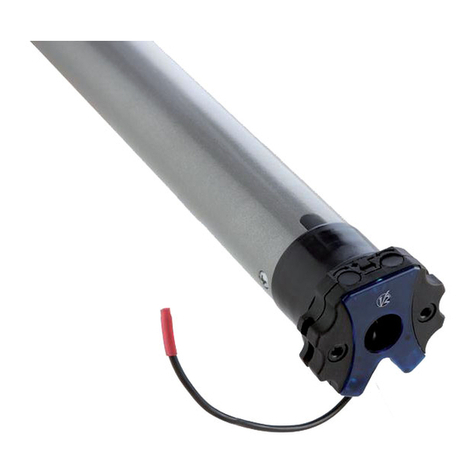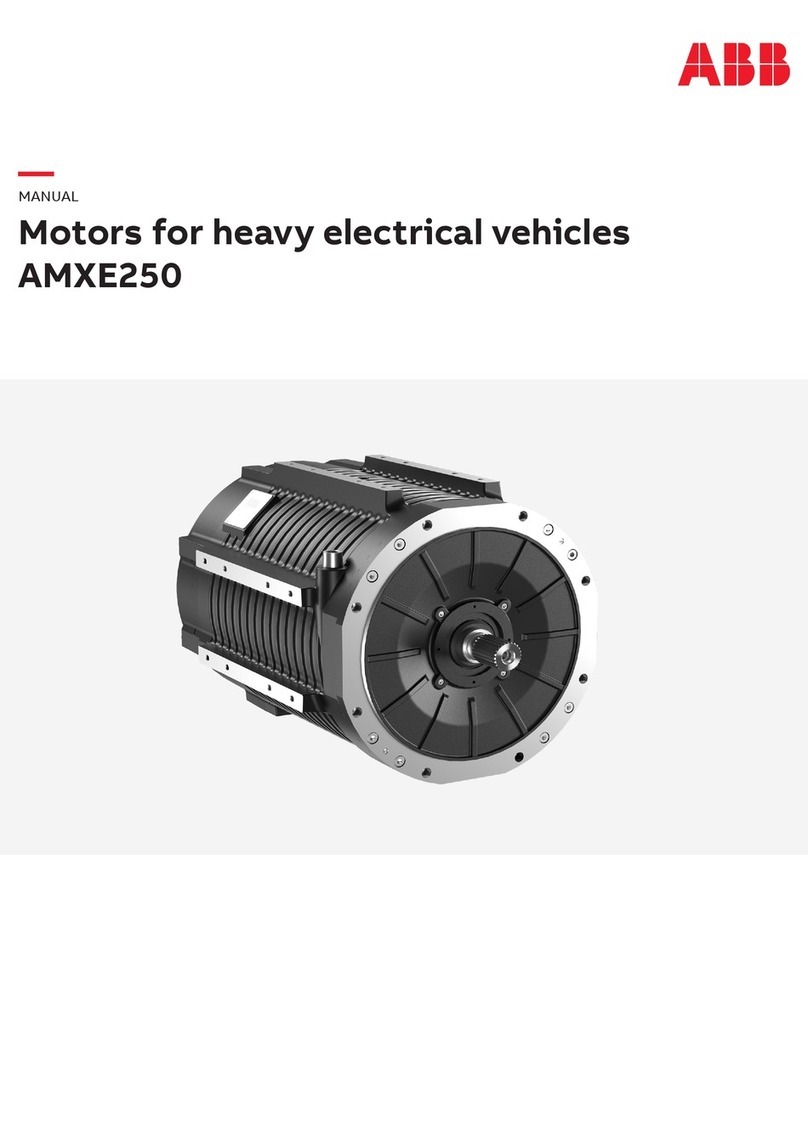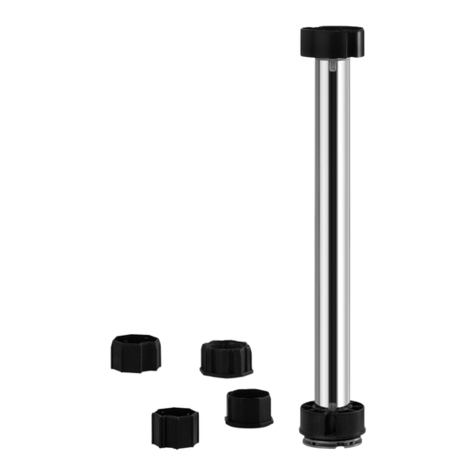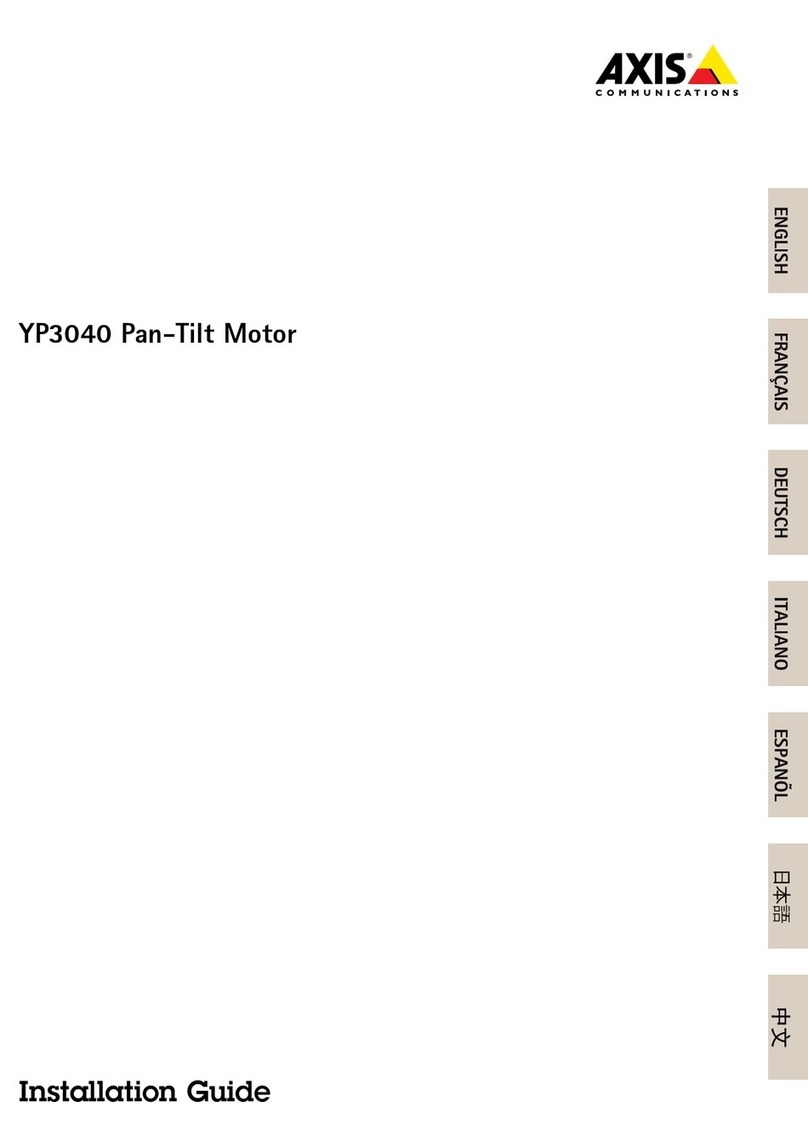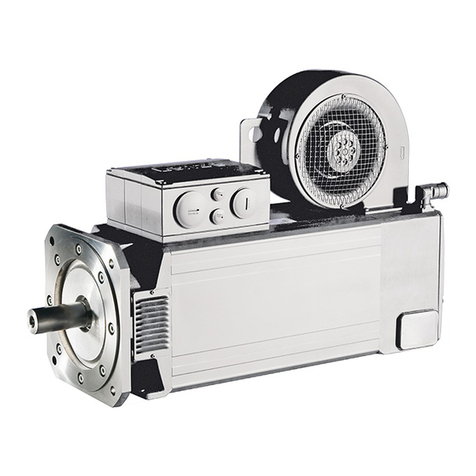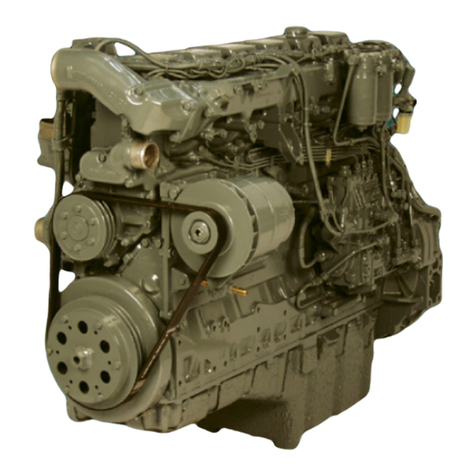STEPCRAFT MM-800 Quick guide

-1-
IMPORTANT: Read before using
Operating / Safety
Instructions
MM-800 / MM-1000 / MM-1000 DI
Call for consumer information
Customers from outside the U.S.
STEPCRAFT GmbH & Co. KG
An der Beile 2
58708 Menden
Germany
Phone: 0049-2373-179 11 60
E-mail: info@stepcraft-systems.com
Customers from the U.S. / Canada
STEPCRAFT Inc.
59 Field Street, Rear Building
Torrington, CT, 06790
United States
Phone: 001-203-5561856
E-mail: i[email protected]
Translation of Original Operating and
Safety Instructions
Date of 12/30/2019

-2-
English
Table of Contents
1Signs and symbols ........................................................................................................... 3
2Product information .......................................................................................................... 3
2.1 Manufacturer´s data ......................................................................................................... 3
2.2 Machine identification....................................................................................................... 3
2.3 Technical data .................................................................................................................. 4
2.4 Emissions ......................................................................................................................... 5
2.5 Scope of delivery.............................................................................................................. 5
2.6 Use according to intended purpose.................................................................................. 5
2.7 Residual risks ................................................................................................................... 6
3Safety instructions ............................................................................................................ 6
4Setting / Adjustment ......................................................................................................... 7
4.1 Mains connection ............................................................................................................. 7
4.2 Tool change...................................................................................................................... 7
5Operation.......................................................................................................................... 8
5.1 Initial operation ................................................................................................................. 8
5.2 PV design ......................................................................................................................... 9
5.3 Speed Specification........................................................................................................ 10
5.4 Overload protection ........................................................................................................ 10
6Service and maintenance............................................................................................... 11
6.1 Storage........................................................................................................................... 11
7Troubleshooting.............................................................................................................. 12
8Declaration of Conformity............................................................................................... 13
WARNING
Please read all safety instructions and directions. Failure to comply with the safety instructions and directions can cause electric shock, fire
and/or serious injuries. Please retain all safety instructions and directions for future reference.

-3-
1Signs and symbols
This symbol appears at places where you will find instructions for your
own safety.
Non-compliance with these instructions may result in very serious injuries.
This symbol indicates a potentially hazardous situation.
If this situation is not avoided, the product or objects in its vicinity may get
damaged.
This symbol indicates tips for the user and other useful information.
2Product information
98/37/EG 89/336/EWG EN 60745, EN 55014-1, EN 55014-2, EN
61000-3, EN 12100 T1, EN 12100 T2, EN
1037, EN 847-1
DD40G / DD40P Art.-Nr. 916001, 916002, 916010, 916020,
916021,916025, 916030, 916031,916034,
916040, 916041,916045
2.1 Manufacturer´s data
STEPCRAFT GmbH & Co KG, An der Beile 2, 58708 Menden, Germany, Phone +49 (0)2373 / 179 11 60, Fax
+49 (0)2373 / 179 11 59.
2.2 Machine identification
All details required for machine identification are available on the attached rating plate.
Protection class II
CE symbol to document compliance with the basic safety and health
requirements according to Appendix I of the Machinery Directive.
For EU countries only
Do not dispose of electric tools together with household waste material!
In accordance with the European directive 2002/96/EC on waste electrical and
electronic equipment and transposition into national law, obsolete electrical
tools must be collected separately and recycled in an environmentally-
compatible manner.
To reduce the risk of injury, please read the operating instructions.

-4-
2.3 Technical data
MM-800
MM-1000
MM-1000
MM-1000 DI
Universal motor, radio /
TV Interf. suppressed
230 V~, 50 Hz
230 V~, 50 Hz
120 V~, 60 Hz
230 V~, 50 Hz
Power input (nominal
load)
800 W
1000 W
1000 W
1000 W
Current at nominal load
4.0 A
4.6 A
8.3 A
4.6 A
Idling speed
7.000 – 25.000
min
-1
4.000 – 25.000
min
-1
10.000 – 25.000
min
-1
4.000 – 25.000
min
-1
Tool holding fixture with
collet ø
3,175 mm
3,175 mm
3,175 mm
3,175 mm
Tool shank max
Tool shank min
8 mm
3 mm
8 mm
3 mm
8 mm
3 mm
8 mm
3 mm
Milling cutter Ø, max
36 mm
36 mm
36 mm
36 mm
Abrasive wheel Ø, max
40 mm
40 mm
40 mm
40 mm
Weight without mains
cable
1,6 kg
1,6 kg
1,6 kg
1,65 kg
Dimensions (W x L x H)
73 x 254 x 79 mm
(2.87 x 10 x 3.11
in.)
73 x 254 x 79 mm
(2.87 x 10 x 3.11
in.)
73 x 254 x 79 mm
(2.87 x 10 x 3.11
in.)
73 x 254 x 79 mm
(2.87 x 10 x 3.11
in.)
Fig. 1
1
Spindle
2
Precision collet
3
Unit nut
4
Spindle lock
5
Switch
1
2
3

-5-
Fig. 2
2.4 Emissions
The values stated are emission levels. Although there is a correlation between emission and imission level, it
cannot be reliably derived from this whether additional precautions are necessary. Factors influencing the
current immission level existing at the workplace comprise the duration of exposure, the room characteristic,
other source of noise, etc. such as e.g. the number of machines and other adjacent machining operations. In
addition, the permissible immission level may differ from country to country. This information is nevertheless
suitable for providing the machine user with an improved assessment of the hazard and risk.
2.4.1 Noise emission specifications
Noise emission values determined according to DIN EN ISO 3744:
Sound pressure level LPA = 71 dB (A)
Uncertainty
K
PA
= 3 dB (A)
Sound power level LPA = 82 dB (A)
Uncertainty KPA = 3 dB (A)
The noise measurement was done without tool at idling speed.
2.5 Scope of delivery
Milling motor MM-800 / MM-1000 / MM-1000 DI complete with:
1 collet OZ
1 open-ended spanner AF 17
1 operating manual
2.6 Use according to intended purpose
- The power tool is intended for permanent installation in guiding portal systems with ø 43 mm clamping
collar.
- The power tool with quick tool clamping can be flanged directly to a portal system using six screws (M6
thread) according to the specifications of the portal system (Fig. 5).
- The power tool is not designed for continuous industrial operation.
- The power tool is considered an incomplete machine. The power tool must not be put into operation until it
has been established that the portal system in which the power tool is to be installed complies with the
provisions of the current and valid Machinery Directive. Please also observe the corresponding warranty
conditions for the power tool and any additional equipment.
X
MM-800 (230 V)
MM-1000 (230 V)
MM-1000 (120 V)
MM-1000 DI (230 V)
1
7.000 min-1
4.000 min-1
10.000 min-1
4.000 min-1
2
10.600 min-1
8.200 min-1
13.000 min-1
8.200 min-1
3
14.200 min-1
12.400 min-1
16.000 min-1
12.400 min-1
4
17.800 min-1
16.600 min-1
19.000 min-1
16.600 min-1
5
21.400 min-1
20.800 min-1
22.000 min-1
20.800 min-1
6
25.000 min-1
25.000 min-1
25.000 min-1
25.000 min-1

-6-
2.7 Residual risks
Danger
Even if used in accordance with its intended purpose and despite conforming with the
safety instructions, residual risks caused by the intended use will always remain.
- Breakage of the rotating tool.
- Breakage of the tools and risk of the tools or parts of them being hurled away.
- Touching live parts with the housing open and the mains plug not removed.
- Hearing can be impaired when working for long periods without ear protectors.
- Emission of hazardous or potentially explosive dusts (all types) during longer lasting operation without
extraction. Please note the safety data sheet of the material to be machined.
3Safety instructions
Danger
Always observe the following safety instructions and the safety regulations applicable in
the respective country of use!
Allgemeine Hinweise:
- Children and adolescents must not operate this machine. This rule does not apply to young persons
receiving training and being supervised by an expert.
- Never work without the portal system guards into which the power tool is inserted and that are prescribed for
each operation. Do not make any changes to the portal system and the power tool that could compromise
safety.
- Damaged cables or plugs must be immediately replaced. Replacement may only be carried out by
STEPCRAFT in order to avoid safety hazards.
- Avoid sharp bends in the cable. Do not wind the cable around the power tool especially when transporting
and storing the power tool.
- The use of the power tool with water or conductive liquids is prohibited.
- We exclude the use as hand-guided power tool.
- Keep the power tool away from rain or moisture. The penetration of water into a power tool increases the
risk of electric shock.
Do not use:
- Damaged tools or tools that have changed their shape.
- Blunt tools due to the excessive motor load.
- Tools that are not suitable for the power tool speed during idling.

-7-
Instructions on the use of personal protective equipment:
- Always wear ear protectors during work.
- Always where a dust mark during work.
- Always wear protective goggles during work.
Instructions on operation:
- Do not reach with your hands into the danger zone of the tool.
- Examine the workpiece for foreign objects.
- Monitor the speed. If an uncontrolled speed increase or speed jump occurs, the power supply must be
switched off immediately.
Instructions on service and maintenance:
- Regular cleaning of the power tool is an important safety factor.
- Only original STEPCRAFT spare parts and accessories may be used. Otherwise, the manufacturer will not
accept any warranty claims and cannot be held liable.
4Setting / Adjustment
4.1 Mains connection
Prior to initial operation, make sure that the mains voltage agrees with the operating voltage stated on the
machine's rating plate.
4.2 Tool change
Danger
Pull the power plug during all service work
Wear protective gloves during a tool change. The insertion tool can get very hot during
longer operation and/or the insertion tool’s cutting edges are sharp.
4.2.1 Tool clamping by means of collet
The spindle 1 (Fig. 1) of the milling and grinding motor is equipped with a precision collet 2 (Fig. 1) to hold
the tools. The spindle lock is triggered by the locking button 4 and facilitates tightening and loosening of
the union nut 3 (Fig. 1).

-8-
Proceed as follows for the tool change:
- Lock the spindle 1 (Fig. 1) to unclamp the tool by pressing the locking button 4 (Fig. 1).
- Detach union nut 3 with an open-ended spanner AF 17 or AF 25.
- Pull off the tool to the front.
- Push the new tool into the tool holding fixture up to the limit stop.
- Check the tool’s seat.
- Spindle 1 (Fig. 1) is locked when the tool is clamped.
- Tighten union nut 3 with the open-ended spanner.
4.2.2 Quick tool clamping
The collets must snap into the clamping nut. Only then, a correct clamping of the end mill and, above all, a
rerelease of the collet are possible.
5Operation
5.1 Initial operation
Personnel entrusted to work with the power tool must be made aware of the operating manual, calling
particular attention to the chapter “Safety instructions”.
This operating manual only deals with the power tool and does not take the installation situation into account.
Please take note of any other operating manuals.
5.1.1 Switching on
Push the power switch 5 (Fig. 1) forward until it engages. If the power tool is connected to the mains voltage,
the setting wheel X (Fig. 2) lights up in blue (BU) and the power tool accelerates to the previously set speed
after 0.2 s with a soft start. The duration of the soft start depends on the set speed and is approx. 1.2 s at
maximum speed.
5.1.2 Switching off
Push onto the rear end of the power switch 5 (Fig. 1). The switch audibly jumps back to off position. The
lighting on the setting wheel X (Fig. 2) goes out and the motor coasts to a standstill.

-9-
5.2 PV design
With the PV design Y (Fig. 2) you can control the speed via the PV interface and automatically monitor the
remaining runtime in the event of overload.
To protect the user and the connected systems, the PV interface is electrically isolated from the power
supply of the drive train (safety isolation). All signal and operating voltages refer to the reference potential
“GND”.
As soon as the supply pin “UPV” of the PV interface is supplied with voltage in accordance with the
specification, the power tool switches to “portal mode”.
The bottom status table 3 shows all possible control constellations.
Input
Output
HS / -
UAC / V
UPV [V]
PSS
US [V]
U0 / V
Operating mode
n [rpm]
OFF
N/A
N/A
N/A
N/A
N/A
Out of operation
0
ON
0
N/A
N/A
N/A
N/A
Out of operation
0
ON
198-253
<6
1
N/A
N/A
Manual mode
4000
ON
198-253
<6
6
N/A
N/A
Manual mode
25000
ON
198-253
8-56
N/A
0
0-1
Portal mode
4000
ON
198-253
8-56
N/A
10
0-1
Portal mode
25000
OFF
198-253
8-56
N/A
0-10
1,5-5
Overload mode
4000-25000
Legend:
When the PV interface is not in use, protect it against dirt with the supplied covering cap Z (Fig. 3).
5.2.1 Assignment portal connector
All pins on the portal connector are protected against reverse polarity. At voltages above 30 V, continuous
operation with reversed polarity must be avoided as this can lead to failure of the PV interface.
Unit
Meaning
HS
power switch
UAC
mains voltage
U
PV
control voltage speed specification
PSS
position setting wheel
US
control voltage PV interface
U0
display remaining runtime (in overload mode)
GND
reference potential for voltages of the PV interface
n
speed of the working spindle
N/A
not applicable or not relevant

-10-
Pin Nr.
Parameter
Color of wire
1 UPV Brown
2 US White
3 UO Black
4 GND Blue
5.3 Speed Specification
With the setting wheel X (Fig. 2) you can adjust the speed continuously. The concrete speed values
of individual stages can be found in the table on page 5 or on the speed sticker on the housing.
Until the motor characteristic is reached, the built-in electronics readjust to the set speed.
5.3.1 Speed setting in PV design
In “portal mode”, the position of the setting wheel X (Fig. 2) for the speed setting is ignored. The speed can
only be changed by the voltage at the pin “US“. If you wish to set the speed by means of the setting wheel
X (Fig. 2), “portal mode” must first be deactivated by switching off the power supply at the pin “UPV“ or by
removing the PV control cable.
The correlation between speed and control voltage is illustrated in formulae (1) and (2).
5.4 Overload protection
Danger
If you carry out any work on the working spindle after the overload protection has
triggered, the mains plug must first be removed.
To protect the power tool, the operating parameters current, speed and temperature are dynamically
monitored and the power tool is switched off if necessary. Shortly before the overload protection is tripped,
the illumination of the setting wheel X (Fig. 2) changes to a permanent red (RD).
To put the power tool back into operation, you must open and close power switch 5 (Fig. 1). The power
tool goes into operation and the illumination of the setting wheel X (Fig. 2) changes to blue (BU).
5.4.1 Optical display of the remaining runtime
Triggering of the overload protection during operation leads to breakage of the milling tool, damage to the
workpiece or even damage to the portal system. You can prevent this by paying attention to the visual
output signals at the setting wheel X (Fig. 2).
As long as the power tool is not overloaded in terms of performance, the setting wheel lights up
permanently in blue (BU).

-11-
If the power tool is overloaded, the calculated remaining runtime is displayed flashing in red (RD).
If the remaining runtime is not sufficient for your application, reduce the load or feed rate to be able to switch
back to continuous operation.
5.4.2 Display of remaining runtime in the PV design
If the power tool is in “portal mode”, the remaining runtime can be queried via the PV interface in addition
to the visual display.
The bottom table shows the correlation between the remaining runtime and the associated output variables.
Operating mode
Remaining
runtime / s
Display remaining runtime
U0 / V
Setting wheel illumination
Continuous
operation
unlimited
0
Blue (BU), permanent
Overload mode
(motor is running)
< 160
1,5
1 x red pulse (RD)
< 80
2,5
< 40
3
2 x red pulse (RD)
< 20
4
< 10
4,5
3 x red pulse (RD)
< 5
5
Red (RD), permanent
Switch-off
0
5
Correlation between the remaining runtime and the associated output variables
6Service and maintenance
Danger
Pull the power plug during service work.
STEPCRAFT machines are designed to be low in maintenance.
Replace the carbon brushes at the latest after 125 - 150 operating hours. The spare parts can be
referenced in chapter 9.
The ball bearings used are greased for life. When the machine has been in operation for a longer period
of time, we recommend to hand the machine in at an authorised STEPCRAFT customer service shop for
inspection.
6.1 Storage
If the power tool is not used for a longer period of time, it has to be carefully cleaned. Spray bright metal
parts with a rust inhibitor. Close the portal connector with the supplied covering cap Z (Fig. 3).

-12-
7Troubleshooting
Danger
Determining the causes for existing defects and eliminating these always
requires increased attention and caution. Pull the mains plug beforehand!
Some of the most frequent defects and their causes are listed in the following chart. If case of other defects,
please contact your dealer or the STEPCRAFT customer service directly.
Defect
Cause
Elimination
Power tool cannot be switched on.
The setting wheel does not light
up.
No mains voltage
Check power supply
Mains fuse is defective
Replace mains fuse
Power tool cannot be switched on.
The setting wheel lights up in blue
(BU).
Carbon brushes are worn
Take power tool to the
STEPCRAFT customer service
Power tool stops during operation.
The setting wheel does not light
up.
Mains failure
Check mains back-up fuses
Power tool stops during operation.
The setting wheel lights up in red
(RD).
Overload protection was triggered
Switch off the power switch.
Clear the working spindle
before initial operation
Switch on the power switch
and continue operation with
reduced load/feed rate.
Speed cannot be adjusted at the
setting wheel.
Power tool is in portal mode
Switch off the power supply of
the PV interface.
Remove the external
connection of the PV
connection.
Speed cannot be controlled via
the PV interface.
Power supply of the PV interface
is missing / is inadequate
Switch on the power supply of
the PV interface in accordance
with the specification
Contacting to the portal connector
is insufficient
Check contacting
PV control cable is defective
Replace the PV control cable
Assignment of the PV interface is
incorrectly connected with the
portal system
PV-Steuerkabel gemäß Kapitel
„Belegung Portalstecker“
anschließen

-13-
8Declaration of Conformity
Other manuals for MM-800
1
This manual suits for next models
2
Table of contents
Other STEPCRAFT Engine manuals
Popular Engine manuals by other brands
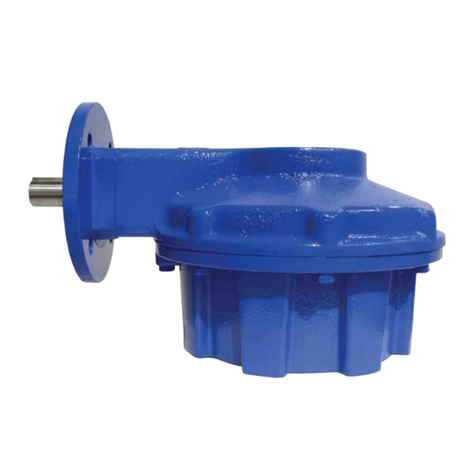
Flowserve
Flowserve Limitorque MT Series User instructions

Leroy-Somer
Leroy-Somer VARMECA 30 Parameter-setting manual

FeiaoModel
FeiaoModel DLA Series user manual

NANOTEC
NANOTEC PD4-N5918X4204 Technical manual

NACIONAL MOTOR
NACIONAL MOTOR Derbi Euro 3 Workshop manual
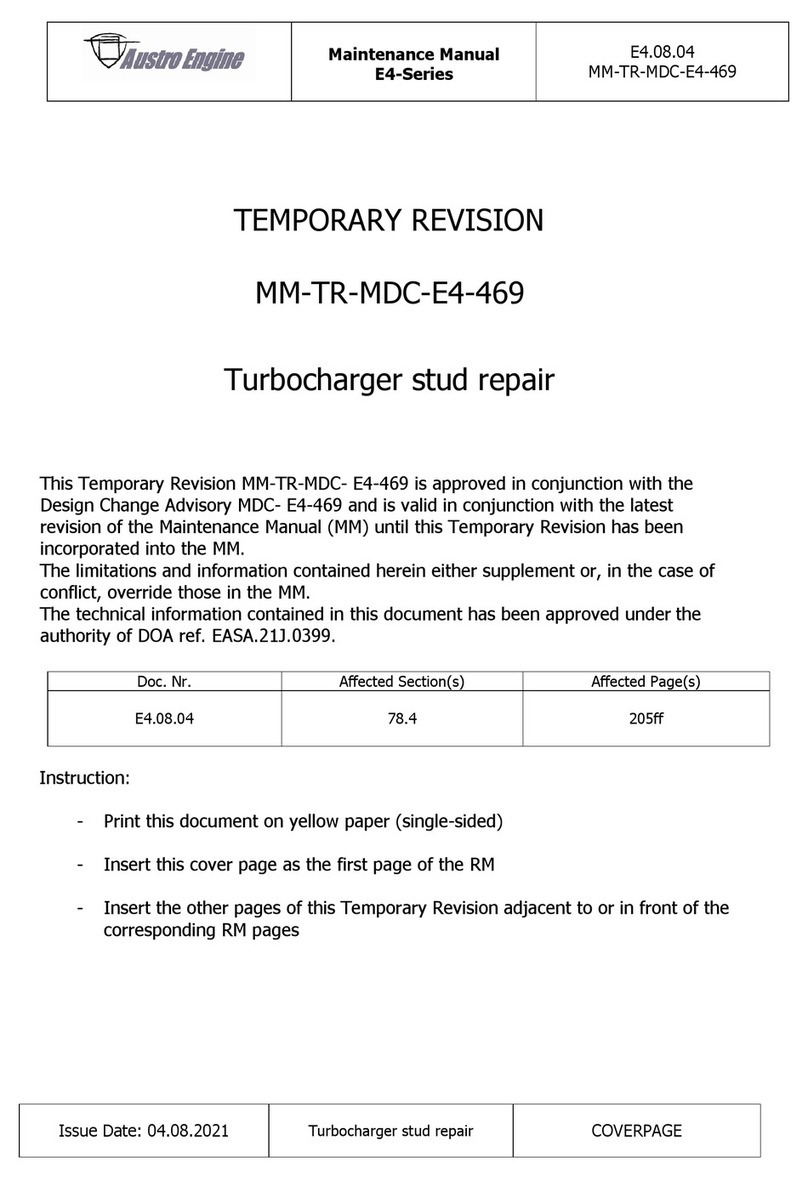
Austro Engine
Austro Engine E4-Series Maintenance manual
